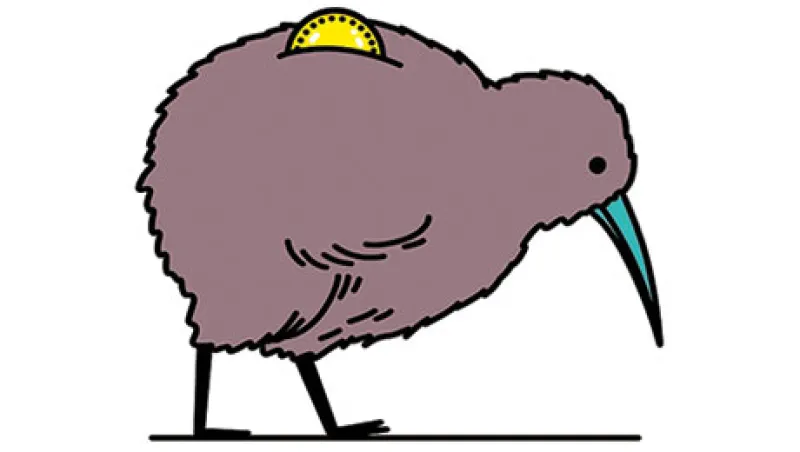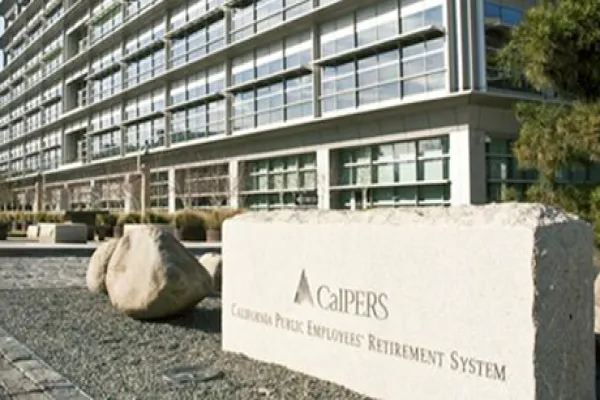New Zealand’s Superannuation Fund has in recent years been one of the best-performing funds in the developed world, with returns averaging 8.25 percent over ten years and 15.12 percent over five. But as interest rates rise globally and equity markets weaken, that kind of performance may be out of reach.
“Overall investment returns are likely to be volatile and on a low trajectory for some time,” admitted Super Fund chief executive Adrian Orr after the fund returned 1.89 percent in the year ending June 30, 2016, primarily reflecting poor performance by global equities.
Tim Murphy, director of manager research at Morningstar, agrees. “The last few years have generally been a boom for equities,” he says. “There are no guarantees in life, but it is a fairly widely held view that returns across asset classes are likely to be lower.” The New Zealand fund’s returns, he adds, will be “hard to repeat.”
The fund itself remains sanguine. “As a genuinely long-term investor with patient capital, we are in a fortunate position to be able to look through market cycles and pursue long-term investment strategies without the pressure to chase markets,” says the fund’s head of asset allocation, David Iverson.
In 2001, the so-called Guardians — the fund managers — took on the challenge of establishing a global investment fund. Since the mid-1970s, New Zealand had provided superannuation, or pensions, for citizens over 65 paid from government coffers. But with the population growing and aging, a more aggressive investment program was necessary. The Super Fund began investing in 2003 with around NZ$2.4 billion ($1.73 billion) and currently has NZ$32 billion; the fund will start to pay out in 2032–’33.
The New Zealand government contributed to the Super until 2009, when it suspended funding during the financial crisis. Prime Minister Bill English has said contributions will resume when net government debt falls below 20 percent of gross domestic product, expected to be in 2020–’21.
Since the fund’s inception, the Guardians have regarded high exposure to growth — or equity-like assets — as best fulfilling the mandate of maximizing returns without undue risk. In 2010, the Guardians made a key strategic shift. Rather than focusing on allocating to asset classes, they developed a reference portfolio, a benchmark consisting of the overall fund’s best positions, with an allocation of 80 percent growth assets and 20 percent income assets. The point: To encourage thinking about underlying economic drivers of risk, returns, and correlations. Today its largest equity holdings include NZ$236 million in New Zealand’s listed retirement village and aged-care provider Metlifecare — a 20 percent stake — and NZ$199.7 million in Apple. Some 66 percent of the portfolio is in global equities.
Many attribute the Super’s success to the reference portfolio approach. The Super’s long-term expectation for the reference portfolio is 7.7 percent annually, down from 8.5 percent, reflecting lower expected cash returns. The reference portfolio has returned 6.47 percent annually over the past ten years (including a previous benchmark portfolio) and 12.29 percent over the past five. The Super’s total return expectation is 8.7 percent versus the 9.7 percent annually it has generated to date.
The fund attributes much of its success to its in-house “strategic tilting program,” which adjusts the fund’s exposure to various risk premiums in response to changes in expected returns. That usually means reducing exposures as markets are rising, and vice versa. “The fund’s risk tolerance is more stable than the typical investor’s,” which stands it in good stead in the current global climate, Iverson says.
The fund is working hard on finding exceptional investment opportunities of scale in New Zealand. The fund bought 25 percent of Kiwibank, a local bank with a 12 percent market share, in late 2016 for NZ$263 million. And in December it announced it will invest up to NZ$260 million in small and medium-size New Zealand companies over the next five to ten years.
The Super is keen on dairy. New Zealand is the world’s largest dairy producer and the fund currently owns 21 dairy farms, a portfolio it wants to grow. And the fund remains focused on infrastructure in public and private markets, including New Zealand’s hot housing market.
Like other sovereign funds, the Super has come under increasing scrutiny over climate change. At the International Forum of Sovereign Wealth Funds in Auckland last year, mitigating climate-change risk was at the top of the agenda. In mid-January, Radio New Zealand said the Super has invested NZ$76.8 million in 47 companies that Norway’s Government Pension Fund Global has blacklisted. In October, the fund announced a strategy to reduce its carbon footprint. Anne-Marie O’Connor, the Super’s head of responsible investing, says the fund is pragmatic and “focusing initially on areas where we can reduce climate risk as easily and quickly as possible.”






